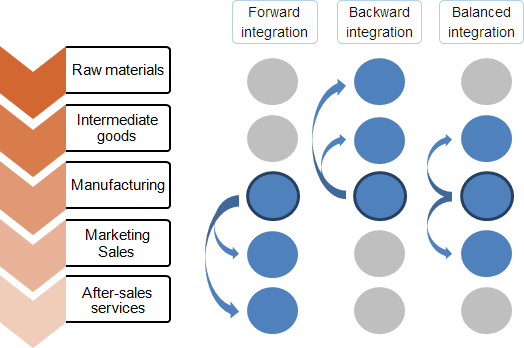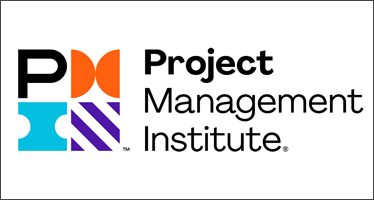
Time is gold: Lead Time, Lag Time, Cycle Time, Reaction Time, Flow Time, Takt Time
Last updated: February 16, 2024 Xem trên toàn màn hình
- 04 Mar 2020
 Kinh nghiệm lập dự toán chi phí dự án phần mềm theo phương pháp Man-Month
Kinh nghiệm lập dự toán chi phí dự án phần mềm theo phương pháp Man-Month - 11 May 2021
 Khác nhau giữa Padding và Buffer trong quản lý rủi ro dự án
Khác nhau giữa Padding và Buffer trong quản lý rủi ro dự án - 01 Feb 2022
 Thách thức với doanh nghiệp chuyển đổi số trong thời đại VUCA
Thách thức với doanh nghiệp chuyển đổi số trong thời đại VUCA - 01 Jan 2021
 Các biến thể của ma trận công việc RACI (Responsible, Accountable, Consult, Inform)
Các biến thể của ma trận công việc RACI (Responsible, Accountable, Consult, Inform) - 01 May 2022
 Có thể xác định vị trí địa lý của địa chỉ IP với độ chính xác đến từng địa chỉ con phố?
Có thể xác định vị trí địa lý của địa chỉ IP với độ chính xác đến từng địa chỉ con phố?
“Time is more precious than gold, more precious than diamonds, more precious than oil or any valuable treasures. It is time that we do not have enough of; it is time that causes the war within our hearts, and so we must spend it wisely.”
Lead time
Lead time is the time measured from the moment a client puts in an order to when the final product gets delivered.
This can be easily understood by thinking of the total time it takes for the client to receive the product from the moment they put in the order to the moment they receive the shipment.
Lead Time is Cycle Time plus the additional amount of time it takes for production to begin and the time it takes to deliver the finished product.
Lead time measures the time elapsed from the point a piece of work – such as defect or feature – is requested (usually by a customer) to the point that it’s delivered. For example, a defect’s lead time starts at the point a customer reports the problem and ends when the fix has been delivered in a patch or version of the software. For new functionality requested, lead time would be measured from the moment a customer requests a new feature to the point it is made available in the software.
Lag time
A time lag is a fairly long interval of time between one event and another related event that happens after it.
If lag is associated with delay, “lead” is the amount of time by which a successor task can be advanced with regard to its predecessor. If adding lag will result in delaying a project, adding lead to dependent tasks on a critical path may reduce the time required to complete the project.
Flow time
Flow time, on the other hand, measures the time it takes for a work item to go from the point that it is accepted into the value stream – i.e., from its first “active state” – to when it’s available to the customer (deployed or delivered). Let’s break that down a bit. All work items go through various workflow states like New, In Progress, In Dev, In Review, Verification and so forth.
These states can be generalized into four broad states:
- New (work item is created)
- Active (when value adding work is being carried out on the item)
- Wait (item is waiting on external dependencies)
- Done (complete state)
A work item can be “accepted” into the value stream at different points of the workflow. For example, incidents that are escaped defects (a bug found in software in production) will enter the value stream as soon as triage is complete and it is determined that a patch or service release is required. New enhancements may only be accepted into a value stream when it is scheduled in the backlog.
Cycle time
Cycle Time is the amount of time a team spends actually working on producing an item, up until the product is ready for shipment. It is the time it takes to complete one task. This includes time spent producing the item and the wait stages (amount of time the task is left ‘waiting’ on the board) between active work times.
Cycle time is what most people conventionally think of when they mistakenly use “lead time” and “takt time” interchangeably.
Reaction time
Reaction time or response time refers to the amount of time that takes place between when we perceive something to when we respond to it.
Takt Time
Takt Time in German means rhythm. It is the steady ‘beat’ to which production must follow to satisfy the demands of the customer.
Takt time is the rate at which manufacturing processes and systems need to complete the production in order to meet the customer's request. Therefore, this is less of measuring the total time it takes to complete a segment or the entirety of the production.
Takt time measures the pace at which work must be done to deliver what has been promised. Takt time can be measured manually or can be automated with takt time solutions.
TIGO Solutions
Time is Gold!




















